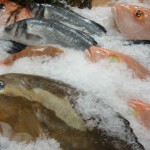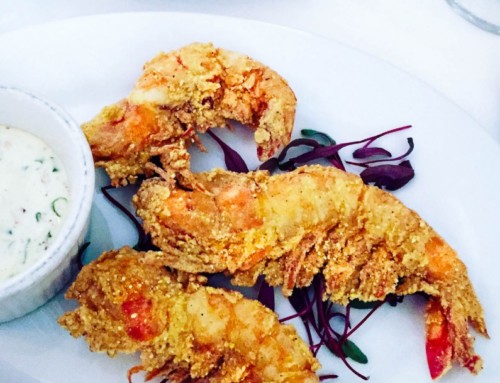You know that DNA is used to fight crime, right? But did you know the same DNA testing techniques are used to fight seafood fraud, mis-labeling and species substitution?
 One of my first blog posts in 2009 was, Is that grouper on your plate? Its a tale about grouper substitution being served in Florida restaurants. The problem was rampant in the mid 90s. Restaurants, retailers and wholesalers where substituting grouper with basa, snapper, tilapia and other similar seafood species.
One of my first blog posts in 2009 was, Is that grouper on your plate? Its a tale about grouper substitution being served in Florida restaurants. The problem was rampant in the mid 90s. Restaurants, retailers and wholesalers where substituting grouper with basa, snapper, tilapia and other similar seafood species.
Seafood fraud is not gone and it’s not restricted to Florida either. 86% of US seafood is imported, making this a global issue. As such, seafood fraud affects other species, too. Scallops, sea bass, snapper, cod and tuna to name a few. 
Enter DNA testing. For pennies on the pound, retailers, wholesalers and restaurateurs can now fight seafood substitution, mis-labeling and fraud, by implementing a testing program with a DNA testing company.
What does it take to start a DNA testing program?
-
A minimum starting point would depend on your budget and goals.
-
A small sample is required, think M&M size.
-
Testing would be done weekly or monthly based on volume.
-
Seafood samples can be raw, cooked, smoked or frozen. Further processed seafood products will be harder to determine the DNA.









